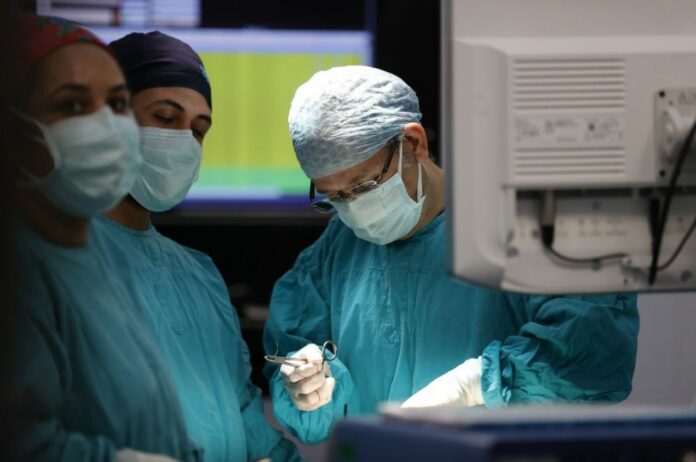A new study in the Journal of Hepatology says that liver transplants from living donors can cut down on wait times and deaths.
Patients waiting for liver transplants need more donor livers than are available, and more than 15% of those on the waiting list die after a year.
A new international study shows that living donor liver transplantation (LDLT) should be used more in Western countries and that the imbalance between organ supply and demand should be fixed.
The results of this study were published in Elsevier’s Journal of Hepatology, which also serves as the official publication of the European Association for the Study of the Liver.
Living donor liver transplantation (LDLT) is the process through which a healthy donor’s liver is transplanted into a patient whose own liver is failing. A few months after surgery, the donor’s remaining liver starts to grow back and goes back to its normal size, volume, and capacity. Although the waiting time for a deceased donor transplant might last for more than five years, LDLT is still relatively rare in Western nations compared to those in Asia.
Finding out about differences in transplant outcomes and other transplant characteristics could help find ways to improve health care and show if expanding LDLT practices in countries that mostly use DDLT is a good idea.
According to Gonzalo Sapisochin, MD, PhD, MSc, Division of General Surgery, University Health Network, Toronto, ON, Canada, there has been a growing interest in finding ways to deal with the growing need for transplantation and the unacceptable high death rate on the liver transplant waitlist.
“One such approach,” according to the researcher, “is LDLT, which can expand the number of grafts available for transplantation. However, short- and long-term outcomes need to be maintained for both the donors and recipients.
“We therefore sought to compare donor and recipient characteristics and post-transplant outcomes after LDLT.”
This is a retrospective multicenter study of patients 18 years or older who received primary LDLT between January 2008 and December 2018 as reported by three national liver transplantation registries: UNOS (US), NHSBT (UK), and the Canadian Organ Replacement Registry (CORR; Canada).
Patients who were getting a second transplant or a transplant of more than one organ were not allowed. Researchers looked at the three registries and compared the characteristics of the recipients and donors, the trends over time, and the outcomes after LDLT. Additionally, they aimed to compare LDLT and DDLT outcomes within each of the nations.
In these three countries, there were a total of 2,954 LDLTs. Of these, 2,328 took place in the US, 529 in Canada, and 97 in the UK. Over time, Canada performed the majority of LDLT treatments.
Despite the comparatively low use of LDLT in Western nations, researchers were pleasantly surprised to learn that long-term outcomes were outstanding.
Patient survival rates at one, five, and ten years were, respectively, 92.6%, 82.8%, and 70.0% in the USA; 96.1%, 89.9%, and 82.2% in Canada; and 91.4%, 85.4%, and 66.7% in the UK.
This LDLT analysis shows that long-term survival is great despite the lower use of LDLT in Western nations compared to Asian nations. Additionally, there is no statistically significant difference in the mortality risk among these three nations.
The findings offer “support for increasing the use of LDLT in Western countries,” highlighted Dr. Sapisochin, as “it provides an opportunity to reduce the imbalance between organ supply and demand and, as a result, offers waitlist candidates the possibility of earlier transplantation and decreased mortality on the transplant waitlist.”
Image Credit: Getty
You were reading: Live Liver Donor Transplants Can Save More Lives In The US
